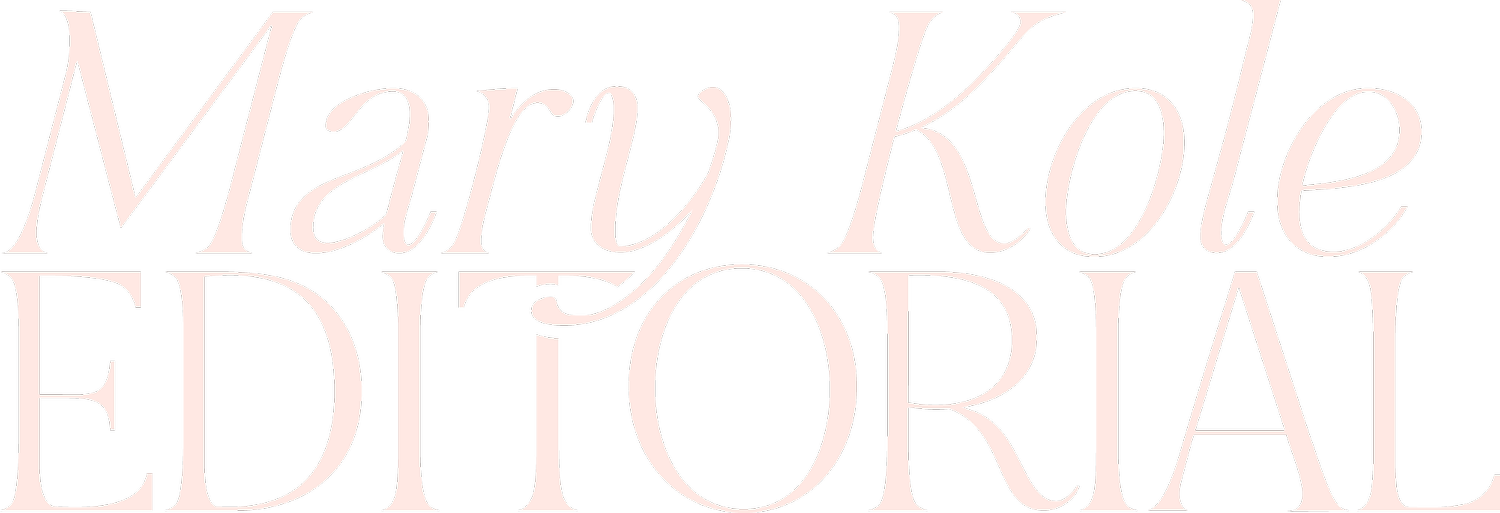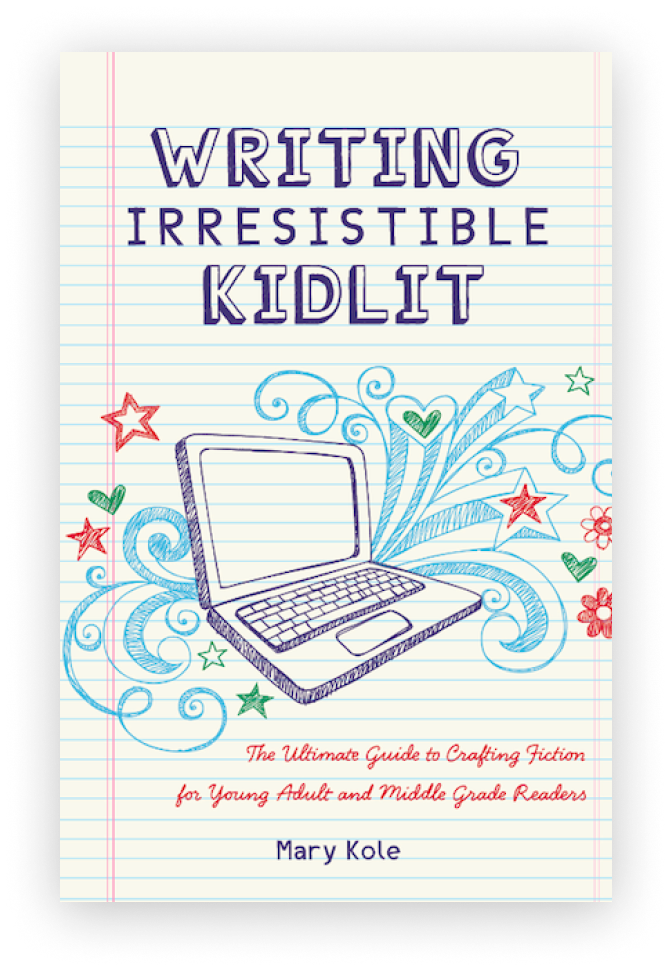Find Your Writing Voice
By Mary Kole
Mary Kole is a former literary agent, freelance editor, writing teacher, author of Writing Irresistible Kidlit, and IP developer for major publishers, with over a decade in the publishing industry.
If you’re wondering how to find your writing voice, read on. Writing voice is often seen as that invisible “x-factor” that separates the published from the unpublished and, more importantly, a good story from a mediocre one. Overwriting and lack of attention to word choice and syntax does not equal any kind of writing voice.
Finding Your Writing Voice
These days, successful writers feel pressure to develop an unmistakable voice, otherwise, they might feel like their work won’t stand out in a crowded marketplace. Some writing agents and publishers love to say that they want to be able to open a book to a random page (without seeing the cover) and immediately know who wrote it. That’s a really high bar to clear, especially if a writer is still working on their other craft elements, like characterization and plotting. So much is made about the importance of writing voice, but there’s not a lot out there about how to actually find that writing voice.
If you are a budding writer or you haven’t yet hit your stride, your own authorial voice is still in the process of forming. How can we define voice in a way that is accessible enough for beginning writers?
Where does voice come from? I propose that it comes from the character and flows outward. And since a lot of protagonists are a reflection of the author themselves (especially in an early novel), it only makes sense that the character's voice would have a lot in common with the author's own. Two for the price of one! What do I mean by the character's voice?
No matter what, when creating a character, strive to give them life and vibrancy, as if they are a real human. Give them a signature way of speaking, and ensure they have their own vocabulary and syntax pattern. Don't settle for just any old slang—try to make them have their own unique view of the world, to start. By finding your character’s worldview, you will start to find your writing voice.
If you're striving to find your writing voice, try using the first person point of view. This POV in writing has almost no narrative distance between the character and the reader, and it allows the writer to truly inhabit the character’s interiority. It is a good way to quickly find your writing voice. That being said, it's important to note that there are different kinds of writing voices—some authors prefer a stronger voice when writing in close third person or omniscient third person, though it requires more effort.
Other Ways to Find Your Writing Voice
Think about writing voice as a lens—everything in your manuscript is filtered through it. And when it comes to finding your writing voice, that notion holds true even more. You have to envision who your protagonist is, and then envision the world from their perspective. Use the words that they would use and explain the surroundings in their own unique way. Here's an example:
The abysmal, lumpy old raft of a couch was baby-poop-green! It could fit four people, however, and unfortunately I had the pleasure of squeezing in there with my three least favorite people: Uncle Mordy, Aunt Mildred, and my lecherous cousin, Kenny, who was jammed on one end. Truly, this would be a night to forget.
This description is certainly not emotionally neutral, and by unpacking the emotions of a passage, you will be on your way to find your writing voice. I used the verb “jammed” instead of the more static “sat” or “reclined” or “rested” or even “was stuck” because it’s active, it fires up the imagination. And it fits the mood and tone of the situation I’m describing.
The word choice that forms the writing voice you create is key when you want to find your writing voice. It's important to avoid dull language found in business memos and words that are too grown-up and uninspiring for young readers. Words such as “objective,” “achieve,” “vehicle,” “communicate,” “item,” “object,” and even general terms like “beautiful,” “exciting,” and “dangerous” are flat and unengaging—they’re too bland to possess any true writing voice. To really draw in readers and engage them with the material, you need to pick words that pack a punch!
When you find your writing voice, it almost feels like you are sitting on your reader’s shoulder and whispering the story into their ear. Depending on the degree of detachment between narrator and story, you can choose to feature voice heavily in your work, or keep it a bit more distant. Whether you go for an outrageous, bold delivery or something more modest akin to a traditional third-person narrative, you should decide on POV first, as this will guide how you find your writing voice.
It's no small feat to find books that have a unique and vibrant voice. Out of all the manuscripts that come across my desk, the vast majority aren't bad, and might even be considered “pretty good.” That said, many of these miss the mark with voice. For many aspiring writers, voice the final piece of the puzzle when it comes to mastering your craft. Once they've got the mechanics of writing and grammar down, you can start having fun and really bring your story to life on the page with your own writing voice.
One Final Tip to Find Your Writing Voice
If you’re not reading your work aloud to yourself, you are really missing out on a big chance to find your writing voice. Long before the printing press existed, people sat around and told stories with their actual voices and bodies. Stories depended on the physical voice. So read your work aloud to find your writing voice. Not only will you be forced to think on your feet and add in a bit of drama, but this practice can also get you out of your head and remind you to inject your voice and energy into your own story! Take a risk and write a whole book this way, or simply try your hand at one chapter at a time. You never know what might happen when you truly find your writing voice.

Click here to purchase Writing Irresistible Kidlit, my book on fiction craft for MG and YA novels, out from Writer's Digest Books. This will show you my writing craft philosophy and give you lots of valuable advice, including tips for the novel revision process and self-editing. There are over 35 example novels cited and discussed throughout. It’s a valuable resource for any writer’s toolkit.
Click here to purchase Irresistible Query Letters, my book on query letters, including over forty examples with comprehensive notes on each one. There’s a ton of submission advice, best practices, and insider information in these pages, and you’ll really enjoy seeing what other writers are doing in the slush.
Click here to purchase Writing Interiority: Crafting Irresistible Characters, my book on interiority and character creation. Explore your protagonist’s thoughts, feelings, reactions and interpretations, expectations, and inner struggles to create a rich, immersive experience. This guide will empower you to create characters who live and breathe on the page, fostering an unbreakable bond with your audience.





